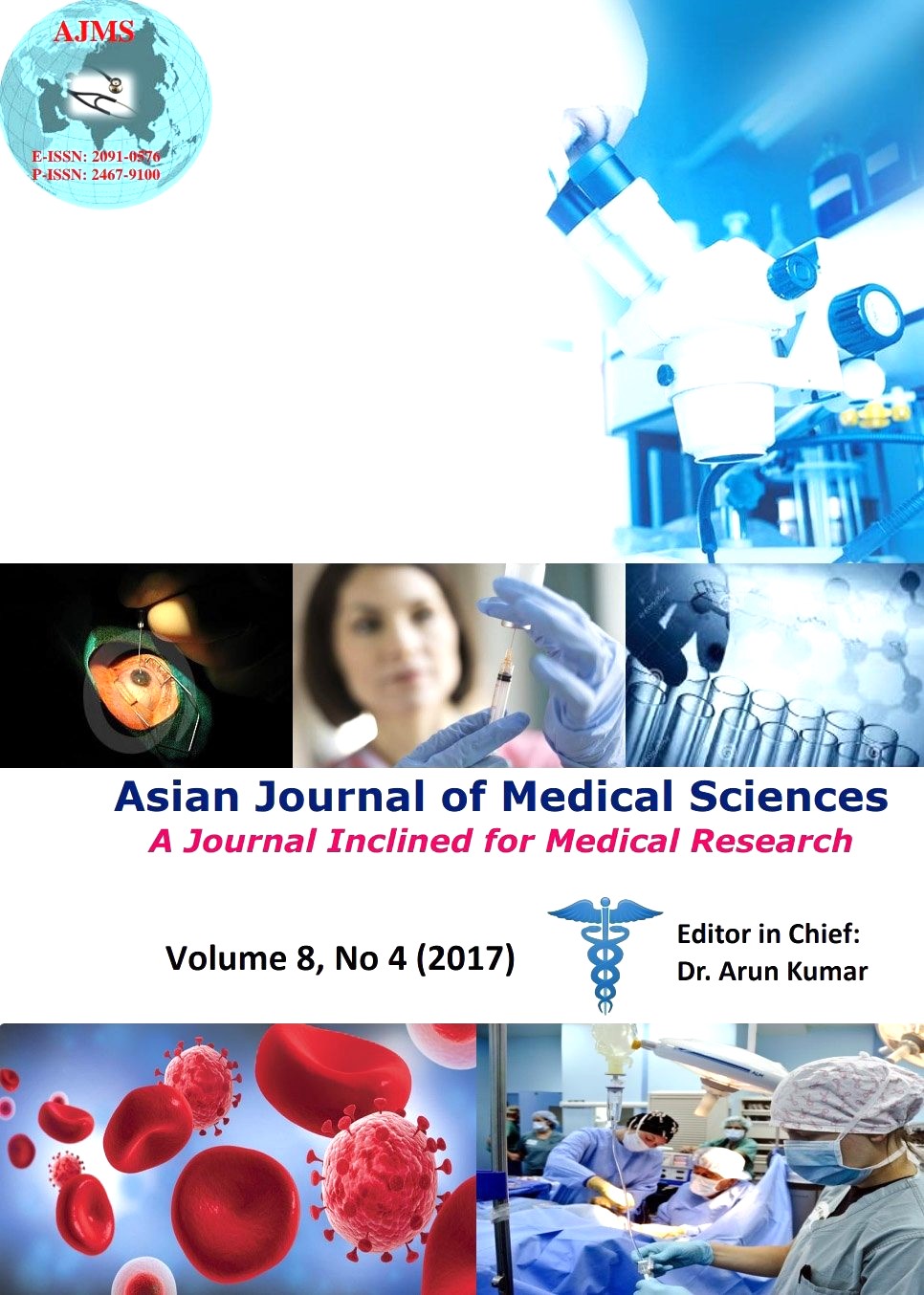A Comparative study of the results of conservative treatment versus closed titanium elastic nailing for fractures of shaft of femur in children
Keywords:
Titanium elastic nailing, Traction, Spica cast, Fracture femur, ChildrenAbstract
Background: The ideal treatment of femoral shaft fracture in children is defined as one that controls alignment and length, is comfortable for child and convenient for family and causes the least psychological impact possible.
Aims and Objective: The current study was designed to evaluate outcomes prospectively in the first year following treatment of a diaphyseal femoral fracture in children between five and ten years of age treated randomly either by intramedullary titanium elastic nailing or by traction followed by spica cast.
Materials and Methods: Out of 48 cases selected according to inclusion/exclusion criteria 6 patients were lost to follow up. Among the rest of 42 patients, 23 were treated by intramedullary titanium elastic nailing and the other 19 conservatively by surface traction. The patients were evaluated at the regular interval of 2, 4, 6 and 8th week post operatively and thereafter every month.
Results: There was a significant difference (p< 0.001) in terms of mean hospital stay and mean weight bearing between the two study groups. The findings of outcome and maintenance of reduction, time taken for the evidence of union to appear, the range of movements, the time when weight bearing can be allowed, the functional return of the limb, the rate of complications and the number days of hospital stay were comparable to similar studies conducted earlier.
Conclusion: The study concludes that closed pediatric femoral shaft fractures within the ages of 5-10 years can be treated successfully by any methods of traction followed by spica cast or intramedullary titanium elastic nailing. However, because of shorter immobilization period and earlier ambulation, internal fixation with titanium elastic nailing is recommended as the better choice to treat this fracture in school going children.
Asian Journal of Medical Sciences Vol.8(4) 2017 32-37
Downloads
Downloads
Published
How to Cite
Issue
Section
License
Authors who publish with this journal agree to the following terms:
- The journal holds copyright and publishes the work under a Creative Commons CC-BY-NC license that permits use, distribution and reprduction in any medium, provided the original work is properly cited and is not used for commercial purposes. The journal should be recognised as the original publisher of this work.
- Authors are able to enter into separate, additional contractual arrangements for the non-exclusive distribution of the journal's published version of the work (e.g., post it to an institutional repository or publish it in a book), with an acknowledgement of its initial publication in this journal.
- Authors are permitted and encouraged to post their work online (e.g., in institutional repositories or on their website) prior to and during the submission process, as it can lead to productive exchanges, as well as earlier and greater citation of published work (See The Effect of Open Access).




